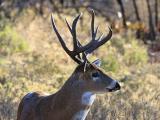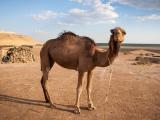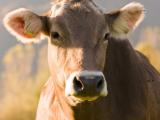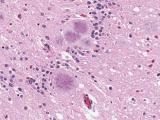Jul 14, 2006 (CIDRAP News) Canada yesterday confirmed its seventh case of bovine spongiform encephalopathy (BSE), or mad cow disease, the second case verified this month.
The case was in a 50-month-old dairy cow from Alberta, according to the Canadian Food Inspection Agency (CFIA). The cow was born several years after Canada banned the use of cattle protein in feed for cattle and other ruminants in 1997. Canada's sixth case, in a cow from Manitoba, was confirmed Jul 4.
The new case drew concern from US Agriculture Secretary Mike Johanns, who said he was sending a US expert to join the investigation. Finding the disease in a cow born more than 4 years after the feed ban took effect "does raise questions that must be answered," he commented in a prepared statement.
"We need a thorough understanding of all the circumstances involved in this case to assure our consumers that Canada's regulatory system is effectively providing the utmost protections to consumers and livestock," Johanns said.
The CFIA said other countries have had BSE cases in cattle born after ruminant-to-ruminant feed bans. "Nonetheless, a full accounting and determination of how this animal was exposed to BSE will be the primary focus of the CFIA's investigation," the statement said, adding that US officials have been invited to participate.
The agency said it has found the farm where the cow was born and is tracing other cattle born there within a year before and after the animal's birth. The location of the farm was not given.
The latest case was detected through Canada's BSE surveillance program, which focuses on high-risk cattle. It was first announced as a potential case on Jul 10. The carcass was burned, and none of it entered the human or animal feed systems, the CFIA said.
The United States banned imports of Canadian cattle and beef after Canada's first BSE case in May 2003. The border was reopened to boneless beef from young cattle a few months later, but live cattle were banned until July 2005, when officials reopened the border to cattle intended for slaughter before reaching 30 months of age.
See also:
















